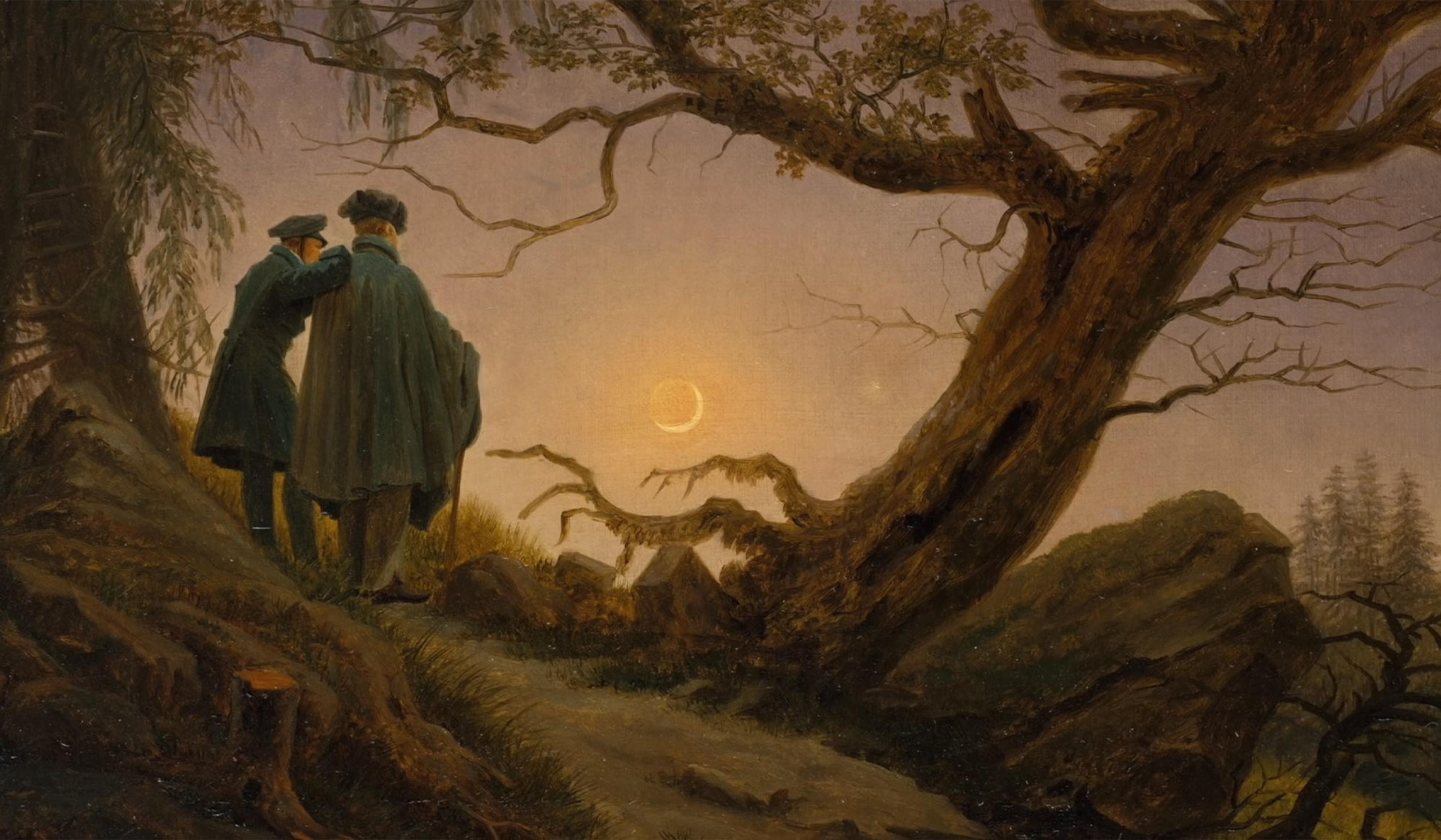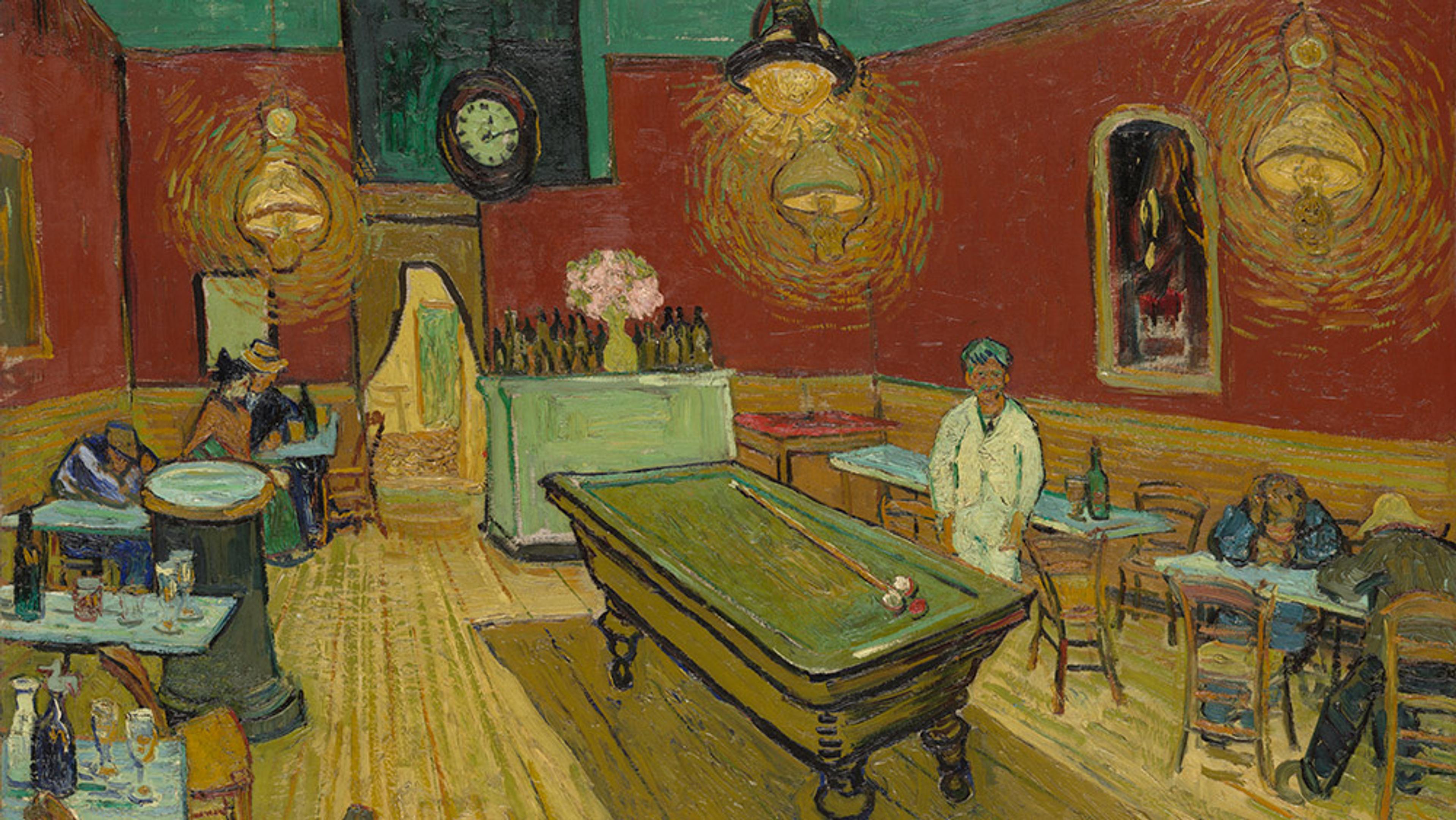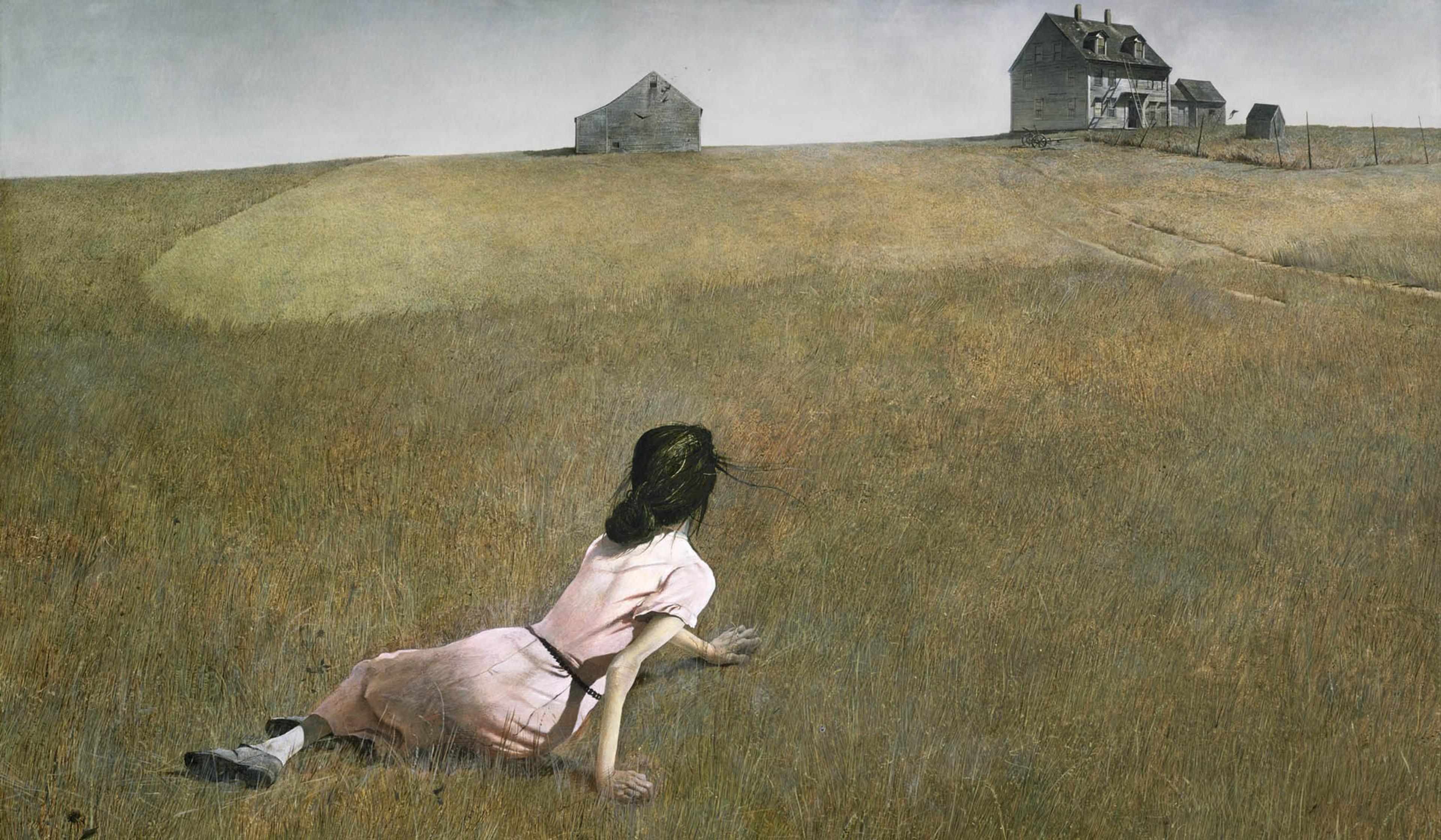The Norwegian artist Edvard Munch (1863-1944) – best-known for his painting The Scream (1893) – was a key figure in the expressionist movement, which emphasised subjective experiences over the natural world. Part of a rising bohemian class that rejected conventions in society and art, Munch’s unsettling work often reflected and refracted his personal struggles with mental illness, much to the alarm of Oslo’s prevailing conservative class. In this video essay, Evan Puschak (also known as The Nerdwriter) uses a short cultural history of the cigarette to explore how Munch’s Self-Portrait with Cigarette (1895) signified an impending revolt in both art and society – and how art allows for a ‘probing and nuanced understanding’ of mental illness that often eludes medical science.
When is art a better tool for understanding mental illness than science?
Video by The Nerdwriter

videoArt
Edward Hopper came of age with cinema. As an artist, he left a lasting mark on it
12 minutes

videoArt
Creating art that was aware of itself – and the viewer – made Manet the first modernist
15 minutes

videoArt
The flickering ray of hope in the stark loneliness of Edward Hopper’s Nighthawks
8 minutes

videoBeauty and aesthetics
Why Caspar David Friedrich pits nature’s grandeur against the humble human
7 minutes

videoArt
Ugly on purpose: the intentionally drab desperation of Van Gogh’s ‘The Night Café’
7 minutes

videoArt
The female Abstract Expressionists of New York shook the world of art
15 minutes

videoArt
‘I built the ground thinking of her’: the story of Andrew Wyeth’s ‘Christina’s World’
8 minutes

videoBeauty and aesthetics
Can you see music in this painting? How synaesthesia fuelled Kandinsky’s art
10 minutes

videoArt
Radical doodles – how ‘exquisite corpse’ games embodied the Surrealist movement
15 minutes